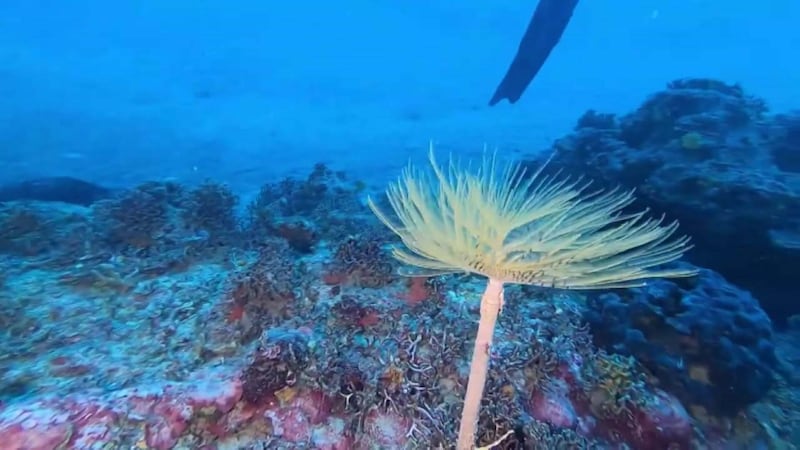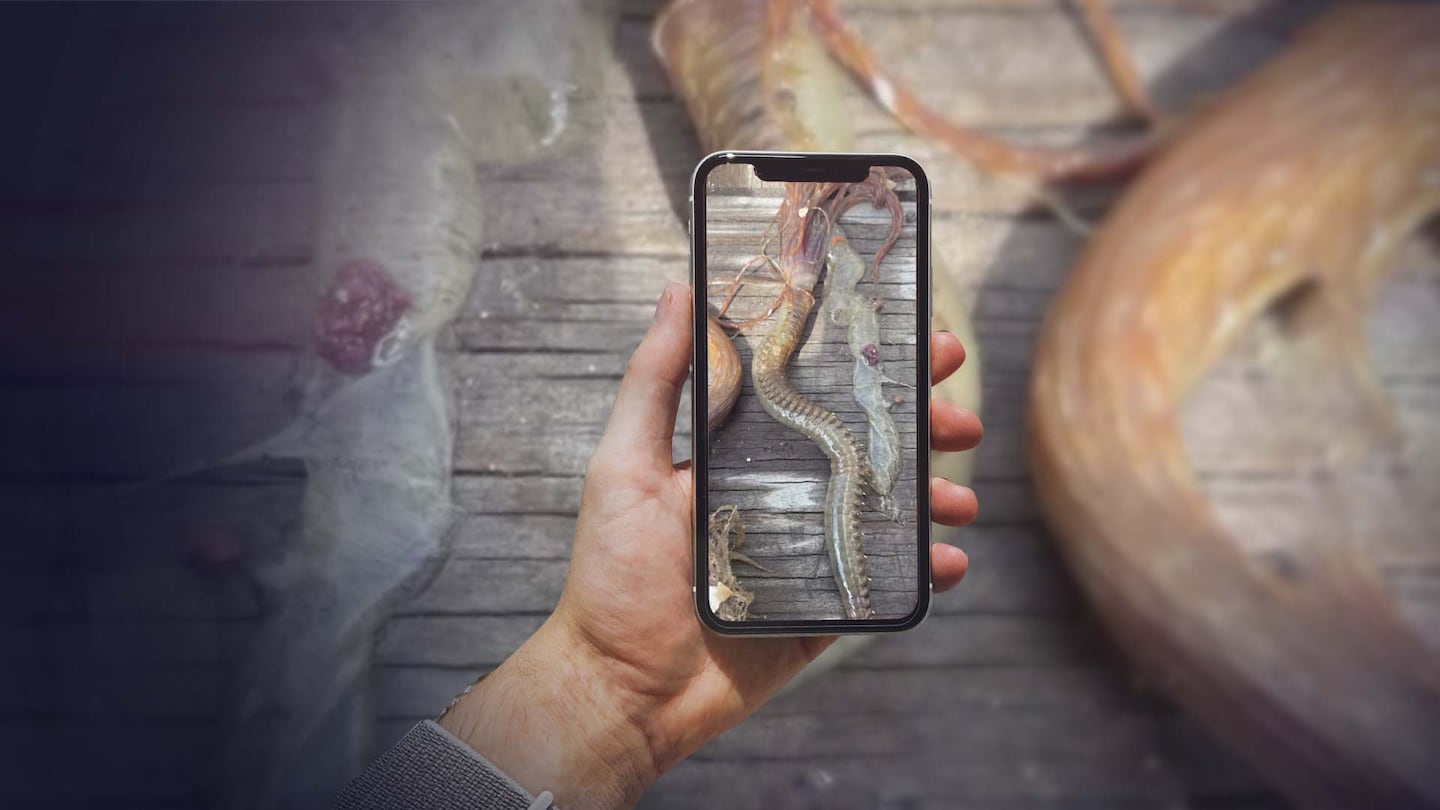In just one month, the number of Mediterranean Fanworms discovered in the Bay of Plenty region has risen to an alarming 85 thanks to the finding of four more in Pilot Bay - Waikorire.
Both the Bay of Plenty Regional Council and iwi from Tauranga Moana are urging boaters to clean their hulls onshore in response to the most recent infestation of invasive pests in the area.
Experts say the fanworm is a nasty reproductive invasive pest.
Ngāi Tukairangi’s marine and environmentalist lead, Kiamaia Ellissa, says the fanworms will smother mussel beds and pipi beds. “It will take over habitat for pāua, all of these that we are trying to protect here.”
The first incursion of the fanworms found within this last month was discovered by Toi Ohomai divers, who then alerted the Bay of Plenty Regional Council Toi Moana, and a total of 81 Mediterranean fanworms were removed.
Seeking better partnership
Ellis says “This new one (incursion), we didn’t hear about it until it came out on the regional council news. We would rather hear it firsthand and work together on those things, so our partnership would be better if we talked more from the outset. And also to collaborate in more solutions to ensure our taonga species here, we are in the heart of the Mātaitai reserve and at the feet of our ancestral maunga Mauao, so we’ve done a lot of work to protect our taonga.”
Waikato University coastal science chair Chris Battershill says each female Mediterranean fanworm can release up to 50,000 eggs.
“So, when you have a thing like a fanworm coming in and dominating the bottom, removing all that native diversity and its high productivity, you don’t have that nursery anymore. And also nothing really eats fanworms. The crown of it, the bit that kind of looks pretty looks like a little umbrella, it is full of chromium and vanadium and nothing will eat that - it’s really toxic to other things that come along to get rid of them.”
That means fanworms have no natural predators so will wreak havoc in this country’s native beds and species.
Bay of Plenty Regional Council Toi Moana Biosecurity divers are happy to have located four more this week before they could spread.

Biosecurity officer Andy Wills says, “at this stage, it looks like we have got it early, which is a good sign. We haven’t found any smaller little fanworms which you’d expect to find if there was a breeding event.”
The four add to the 81 found within the month believed to have been scraped off one vessel hull.
Wills says, “(It’s) quite disappointing like just the amount of work that it can create in the clean-up job as well. We’ve now done five days out there (in the water) 18 hours underwater.”
It’s predicted at least 100 cruise ships and plenty of smaller vessels are expected over the summer at Waikorire - Pilot Bay in Tauranga Moana. The overall message coming from experts is to make sure to clean the bottoms of vessels onshore.
“You could probably see some of these vessels here probably need a hull clean, and how is the compliance of that managed here in Tauranga Moana?” Ellis says. “We’d like to see more partnership action working with iwi and mana whenua and ensure our taonga species are looked after.”
The first fanworm sighting in the area was in 2013. There have been only two incidents of these pests this month.
People who come across them should call Toi Moana on 0800 786 773 787. The fanworms join another invasion pest, the Asian paddle crab, also found in the area.



